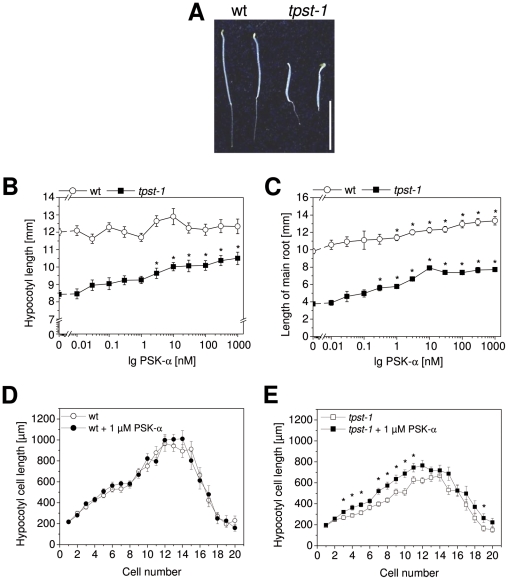Figure 3. tpst-1 seedlings have shorter hypocotyls and are responsive to PSK-α.
(A) 5-day-old etiolated wt and tpst-1 seedlings grown without PSK-α. (B) Hypocotyl lengths of etiolated wt and tpst-1 seedlings treated for 5 days with PSK-α at the concentrations indicated. Asterisks indicate significantly different values to the untreated control. Average (±SE) hypocotyl lengths were determined in 2 independent biological experiments with at least 40 seedlings analyzed per data point (P<0.001, 2-sample t-test). (C) Root lengths of etiolated wt and tpst-1 seedlings treated for 5 days with PSK-α at the concentrations indicated. Asterisks indicate significantly different values to the untreated control. Averages (±SE) were determined in 2 independent biological experiments (n≥40; P<0.001, 2-sample t-test). (D) Hypocotyl cell lengths of 5-day-old etiolated wt seedlings treated with or without 1 µM PSK-α were plotted against the cell position from base to top. Results are averages (±SE) of 20 hypocotyls analyzed in 2 independent experiments. Values are not significantly different (P<0.05, 2-sample t-test). (E) Hypocotyl cell lengths of etiolated tpst-1 seedlings that were treated with or without 1 µM PSK-α for 5 days. Results are averages (±SE) of 20 hypocotyls analyzed in 2 independent experiments. Asterisks indicate statistically significant differences (P<0.05, 2-sample t-test).

